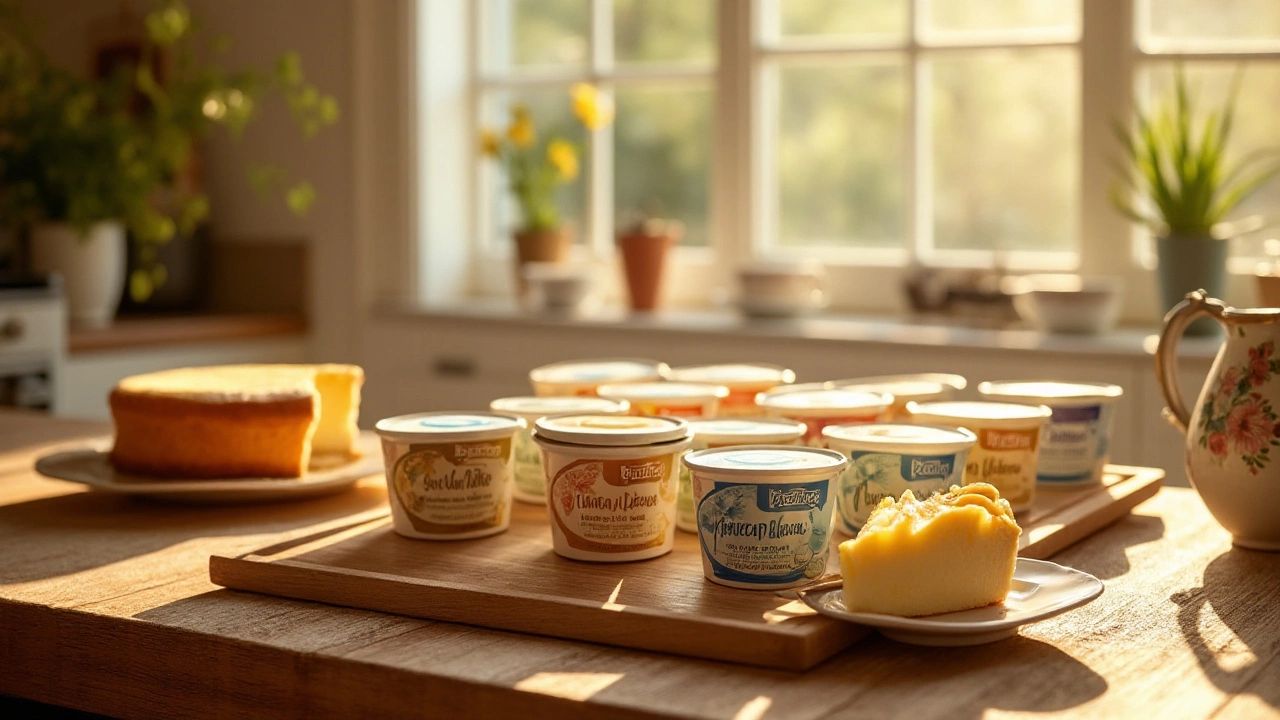
When it comes to making a delicious cheesecake, the type of cream cheese you choose plays an essential role in dictating the flavor and consistency of this popular dessert. From classic New York-style cheesecakes to more experimental creations, the cream cheese serves as the foundation of every recipe. With numerous brands and variations available on the market, figuring out which kind is best suited for your baking endeavors can seem daunting.
Understanding the differences between full-fat and reduced-fat options, or even exploring specially-flavored cream cheeses designed to bring a unique taste to your cheesecake, can elevate the experience. Furthermore, learning how to handle these options—like getting them to the right temperature before mixing—is vital to achieving a smooth filling. Whether you're baking a cheesecake for a special occasion, or simply to satisfy a household sweet tooth, knowing which cream cheese to use will help you craft the perfect slice.
- Understanding Cream Cheese Varieties
- Impact on Taste and Texture
- Full-fat vs. Reduced-fat Options
- Specialty Flavors: A Creative Twist
- Optimal Temperatures and Techniques
- Personalizing Your Cheesecake
Understanding Cream Cheese Varieties
Choosing the perfect cream cheese for your cheesecake is no small feat, as it sets the foundation for the taste and texture of your dessert. This dairy product is available in a variety of forms, from full-fat to reduced-fat and even flavored options, each affecting the cheesecake's final outcome. Traditional cheesecakes often rely on full-fat cream cheese for its rich, creamy texture and distinct flavor. Full-fat varieties typically contain around 33% milkfat, making them denser and lending a more luxurious mouthfeel to the cheesecake.
On the other hand, reduced-fat cream cheese offers a lighter alternative, often containing about 20% milkfat, and is perfect for those who are mindful of their dietary fat intake. However, it's crucial to note that using reduced-fat versions might result in a cheesecake that's less creamy and a bit firmer. Among the myriad choices, Philadelphia Cream Cheese has long been celebrated by bakers for its smooth consistency and reliable rich taste; as Julia Child once said, "It's hard to imagine a world without it, such is its importance to cheesecakes."
For those seeking unique culinary explorations, specialty cream cheeses infused with flavors like strawberry, garlic, or even spicy jalapeño can add an unexpected yet delightful twist to the traditional cheesecake recipe. These can add a pop of flavor, but require some finesse to balance. The idea is to complement—not overpower—the mild sweetness of the cake itself. When exploring these options, it's important to remember that incorporating different flavors into the batter may change the sugar levels needed in the recipe.
Understanding these differences becomes even more pertinent when allergies or dietary restrictions come into play. Various brands now offer lactose-free and vegan cream cheese options, catering to an ever-growing need for inclusive dessert options. These alternatives are typically made from nut or soy-based products and vary in taste and texture, often requiring trial and error to achieve cheesecake greatness. Regardless of whichever cream cheese variety you lean toward, don’t shy away from indulging in a bit of experimentation; after all, each cheesecake tells its own story, one slice at a time.
Impact on Taste and Texture
The type of cream cheese you select can profoundly affect the flavor and feel of your cheesecake, making it essential to choose wisely. Full-fat cream cheese is often seen as the gold standard for cheesecakes—it's praised for its rich, creamy texture that provides a smooth and luscious base. This type tends to blend more seamlessly with the other ingredients, allowing the flavors to harmonize perfectly. The result is a dense and indulgent texture that epitomizes a classic cheesecake.
Cream cheese that is reduced in fat, on the other hand, can be a bit of a mixed bag. While it may cater to those watching their fat intake, it doesn't always deliver on texture. These versions can sometimes lead to a lighter, less cohesive filling which might lack the heft and thick creaminess many seek out in this dessert. However, when combined with other rich ingredients or thicker bases, they can work surprisingly well for those not yearning for the most traditional texture.
Exploring specialty cream cheese flavors, such as those infused with herbs or spices, provides an additional creative outlet. While unconventional, these options allow bakers to experiment, blending unique flavors like jalapeño or garlic into their cheesecakes for a savory twist. When used sparingly, these can offer a subtle nuance to the taste without overwhelming the cheesecake's character. A well-chosen complement like a lemon-infused cream cheese can beautifully enhance a citrus flavor profile.
Some chefs pay close attention to the nuances that brand differences can introduce. A quote from renowned chef Alice Waters highlights this:
"Choosing the right ingredients is crucial. Even the choice of cream cheese can make or break your cheesecake."Each brand of cream cheese has its unique taste and consistency, influenced by the manufacturing process, ingredient quality, and even the region in which it's produced. Because of these differences, taste-testing a few brands may help you identify your favorite for baking.
An important tip is to ensure that your cream cheese is at room temperature before mixing it into your cheesecake batter. This practice prevents lumps from forming and allows for a smoother incorporation of ingredients. Incorporating it cold can result in a batter that is either overworked—as you attempt to beat out the clumps—or unevenly textured, where some bites are dense while others feel almost airy.
When your goal is crafting a consistent flavor for your cheesecake, consider blending different types of cream cheese. Some bakers mix full-fat with reduced-fat to strike a balance between texture and caloric content. It can require some experimentation to find the right blend that suits personal preferences while maintaining the beloved creaminess of a great cheesecake.
Full-fat vs. Reduced-fat Options
One of the first decisions any cheesecake enthusiast must make is whether to use full-fat or reduced-fat cream cheese. Full-fat cream cheese, renowned for its rich and creamy texture, is often the go-to choice for traditional cheesecakes. It delivers a smooth, dense base that seamlessly blends with sugar and other essential ingredients. Many purists believe that full-fat cream cheese is what gives classic cheesecakes their signature taste, providing a full-bodied and slightly tangy flavor profile that's hard to replicate with lighter alternatives.
On the other hand, reduced-fat cream cheese offers a healthier option for those mindful of calorie intake, making it appealing to fitness enthusiasts or those seeking a lighter dessert. Its benefits, however, come with trade-offs in texture and flavor. Reduced-fat versions usually introduce more water and stabilizers to compensate for the lack of fat, which can result in a slightly rubbery texture or less intense flavor. That said, with the right baking techniques and complementary ingredients, reduced-fat cream cheese can still yield a delightful cheesecake experience.
Your Cheesecake, Your Choice
The choice between the two isn't just a matter of health. Your taste preference, dietary requirements, and the type of cheesecake you're planning to make also play significant roles. For example, if you're preparing a rich chocolate cheesecake, the luxuriant quality of full-fat cream cheese might better complement the decadence of chocolate. For fruit-flavored or lighter-textured variations, a reduced-fat option might suffice, balancing out the flavors and textures more naturally.
"In testing recipes over years, I've found that while full-fat cream cheese reigns supreme in texture and richness, reduced-fat versions can work well for refreshing, slightly tangier alternatives," said culinary expert and baking enthusiast Joy Wilson, also known as Joy the Baker.
It's critical to strike a balance with your choice. If you're finding that reduced-fat cream cheese isn't quite cutting it, consider blending it with a portion of full-fat to enhance the structure of your cheesecake while still cutting some of the fat content. This combination can deliver a satisfying texture and flavor, catering to both health and taste preferences without too much compromise.
Full-fat and Reduced-fat in Tandem
Some bakers have even discovered success in mixing the two, creating a hybrid cheesecake that captures the best of both worlds. By combining equal parts of each type, you can retain a desirable creaminess while trimming down on calories, allowing you to enjoy your dessert guilt-free. It's this blend that opens doors to experimentation, encouraging you to play with flavors and textures until you've found your perfect slice.
Of course, experimentation is key in baking. While it's important to follow basic recipes, giving yourself the creative freedom to adjust ingredients can lead to wonderful cheesecake innovations. Take notes of how different cream cheeses affect your cheesecake, and don't shy away from making adjustments based on your experiences. Remember, the ultimate goal is to create a dessert that delights both your palate and those who have the pleasure of indulging alongside you.

Specialty Flavors: A Creative Twist
When diving into the world of cheesecake, exploring specialty flavors can transport your dessert from ordinary to extraordinary. Traditionally, cheesecake lovers might stick to standard cream cheese, but the culinary journey doesn't have to stop there. Imagine incorporating flavors like honey almond, jalapeño, or even smoked salmon into your cheesecake base. These varieties open up an ocean of possibilities, allowing bakers to experiment with tastes and textures that align with their unique visions.
Amid the broader selection of flavored cream cheeses, it is essential to consider how each one interacts with the other ingredients. For instance, a hint of berry-infused cream cheese can elevate the tartness of raspberries or strawberries used in the topping. The key lies in balancing these distinct flavors to ensure they harmoniously meld with the traditional sweetness and tang of the cheesecake. Specialty flavors not only add depth but also make the dessert memorable for gatherings or special occasions.
"Incorporating flavored cream cheese into your cheesecake recipe isn't just about novelty; it's about taking your tastebuds on a delightful journey," notes culinary expert Rachel Dugan. "When done correctly, these flavors can enhance and complement the other elements of the dish, resulting in a truly sublime dessert experience."
Some may wonder whether using such innovative flavors affects the texture of the cheesecake. The answer can vary, with denser flavors often adding a creamy, lush finish to the bite. To maintain that classic cheesecake feel, focus on using specialty flavors in moderate amounts or coupling them with plain cream cheese to ensure the texture remains intact. The goal is to spotlight the unique taste while preserving the beloved characteristics of traditional cheesecake.
As you explore these flavor enhancers, a few tips might come in handy. Start small with single-flavor introductions, such as maple or herb-infused cream cheese to add complexity without overpowering the dish. Step into more daring combinations only after these trials prove successful. Pay attention to the impact of the chosen flavor on the dessert's overall balance, especially when including bold and spicy options. It's always an exciting adventure to merge creativity with classic recipes.
How to Utilize Specialty Flavors
- Choose your flavor based on the dessert's theme or occasion.
- Consider pairing specialty cream cheese with complementary toppings or crusts to emphasize its unique essence.
- Experiment with different ratios of flavored and plain cream cheese for custom intensity.
- Conduct taste tests for feedback, especially if preparing for larger gatherings.
By venturing into specialty flavors, you elevate your cheesecake game, offering diners a truly unique taste experience. Whether personalizing a recipe or surprising guests with unexpected flavors, these options encourage creative expression in every delightful bite.
Optimal Temperatures and Techniques
Achieving the perfect cheesecake requires more than just choosing the right cream cheese; understanding how to handle your ingredients is equally crucial. Many cheesecake enthusiasts agree that room temperature cream cheese is a non-negotiable starting point. This isn't merely a whimsical preference—there's science involved. When cream cheese is at room temperature, it becomes smoother and blends more seamlessly, allowing for that sought-after creamy texture. Think of it as a canvas ready to absorb and unify all the flavor elements you introduce. If the cream cheese is too cold, it tends to form unappealing lumps, detracting from that coveted velvety smoothness.
Let's discuss the mixing technique. Always use a low speed when incorporating the cream cheese with sugar and other ingredients. The temptation to rush the process by switching to high speed is strong, but it can lead to incorporating too much air into your batter. Excess air can cause your cheesecake to crack during the baking phase, a heart-sinking sight when you're aiming for a picture-perfect creation. Some experienced bakers suggest mixing for no longer than two minutes at a time, constantly checking the consistency. It's advisable to scrape down the sides of the bowl frequently to ensure an even mixture.
"Precision in preparation defines the excellence of a cheesecake," noted chef and culinary author, Julia March. "Your patience is as important as your palette."
Another crucial factor is the baking temperature. A low and slow baking process is key to preventing the center from collapsing. Most recipes recommend a temperature around 325°F to 350°F. This might feel low, but it's designed to allow the cheesecake to set gradually. Fast-tracking this process by cranking the oven temperature higher may cause the top to brown too quickly, creating an uneven texture throughout. Once baking is finished, resist the urge to immediately remove the cheesecake from the oven. Issues like cracking can be mitigated by letting your cheesecake cool down in the oven. Slightly open the oven door and allow it to sit for at least one hour before transferring it to the countertop to complete cooling.
Water baths, or bain-marie, are another popular technique to maintain a uniform baking environment. By placing your springform pan into a larger dish filled with water, you're ensuring moisture stays consistent. This technique mimics a natural humidifier within your oven, effectively preventing your cheesecake from drying out. Despite the worry that water might seep into your batter, especially if your springform pan isn’t entirely watertight, a double layer of aluminum foil wrapped tightly around the base can offer peace of mind.
Another often overlooked tip is the rest period before serving. After patiently baking and cooling your cheesecake, let it chill in the refrigerator overnight. This resting phase allows flavors to intensify and textures to solidify perfectly. Rushing this step might result in a less vibrant flavor and a texture that doesn’t hold together as well as you’d like. By following these temperatures and techniques, your cheesecake will not only taste delicious, but it will also look stunning, standing proudly as the highlight of your dessert table.
Personalizing Your Cheesecake
Creating a cheesecake that reflects your personality and taste preferences involves more than just choosing the right cream cheese. It requires creativity and willingness to experiment with flavors, toppings, and textures. Start with the base: the crust. While a traditional graham cracker crust is beloved, think outside the box by using crushed cookies or even pretzels for a salty twist. Your crust choice can set the tone for the entire dessert, so don't be afraid to venture beyond the ordinary.
The cheesecake itself is a blank canvas ready to absorb a world of flavors. Infuse your cream cheese mix with vanilla extract, citrus zest, or even a splash of liqueur to add depth. If you’re daring, swirl in fruit purees or melted chocolate for visual and taste appeal. Personal touches can range from subtle enhancements to bold flavor statements—allowing your creation to shine at any dinner table.
Exploring Toppings
Once your cheesecake is baked and cooled, the topping becomes its crowning glory. Classic berries offer freshness and a pop of color, but drizzles of caramel or chocolate sauce can add that extra zing. For those who relish in creativity, try a layer of fruit jelly or even a sprinkle of nuts for a crunch. Mixing textures on top of the velvety cheesecake adds an enjoyable contrast that pleases the senses. Remember, your choice of topping should complement the flavors within the cake, rather than compete with them.
Adapting to Dietary Needs
In today’s diverse culinary landscape, accommodating dietary restrictions has become second nature to home bakers. Luckily, those with dietary needs don’t have to miss out on the cheesecake delight. Opt for lactose-free or vegan cream cheese options to tailor your cake without compromising taste. Substituting with gluten-free crust alternatives ensures everyone can enjoy your masterpiece. Personalizing your cheesecake is about inclusion—making sure your dessert can be shared by all, regardless of dietary needs.
"A great cheesecake is like a blank slate - ready to be transformed by your imagination and culinary flair." — Julia Child
Whether you host a casual gathering or a formal affair, your personalized cheesecake can be a meaningful reflection of who you are. Customizing it taps into both tradition and innovation, creating a moment to remember in every bite. The spirit of baking lies in its shared joy, and a personalized cheesecake is a testament to both cherished memories and new adventures in taste. So feel empowered to redefine this classic dessert with your unique touch.
In the art of cheesecake personalization, the only limit is your creativity. Whether indulging in the rich fullness of full-fat cream cheese or opting for reduced-fat alternatives, your choices should celebrate both flavor and form. Delve into the endless possibilities—each cheesecake can tell a story, your story, wrapped in a lush ribbon of creaminess, infused with imagination.


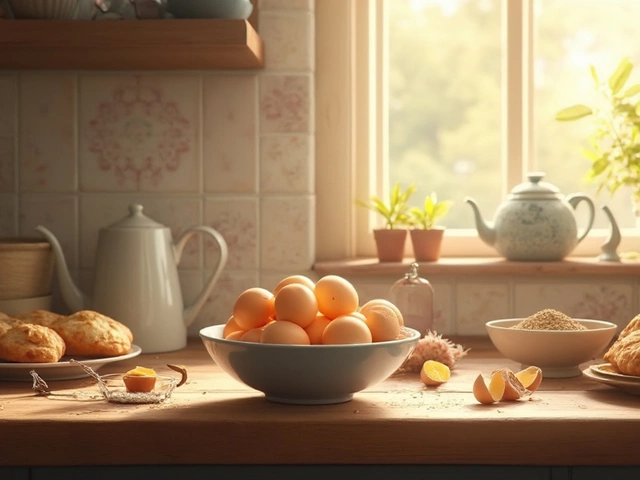
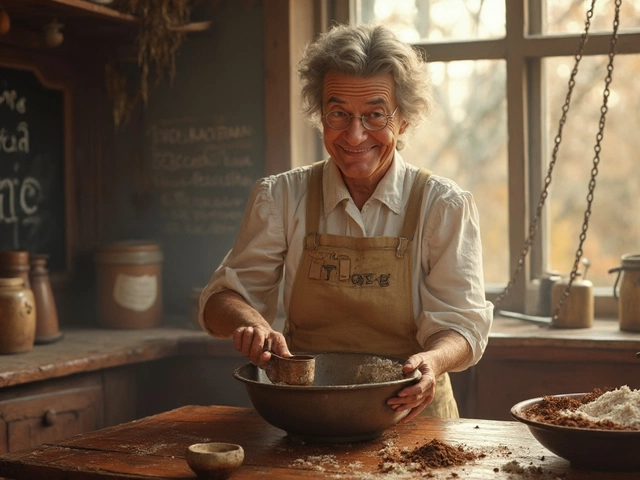

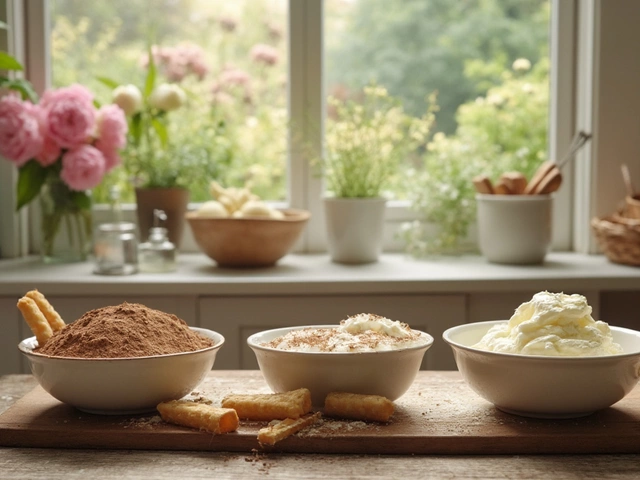
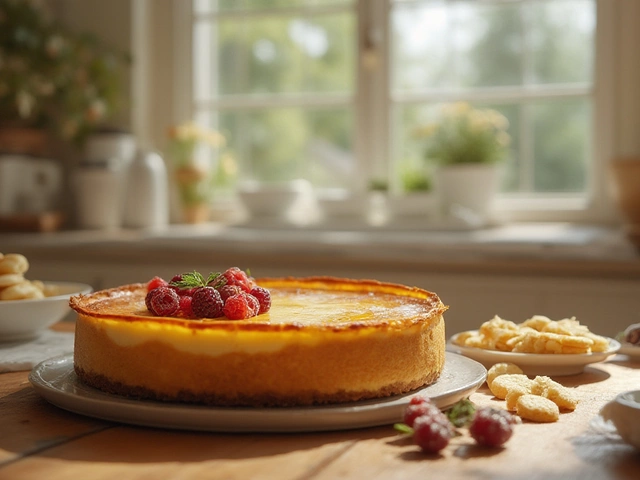


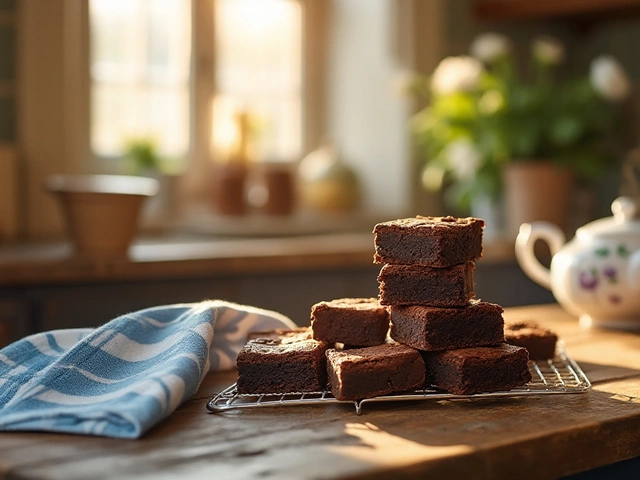

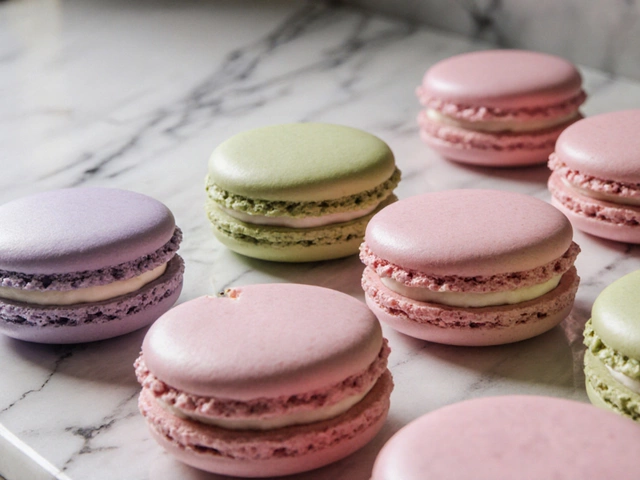
Write a comment